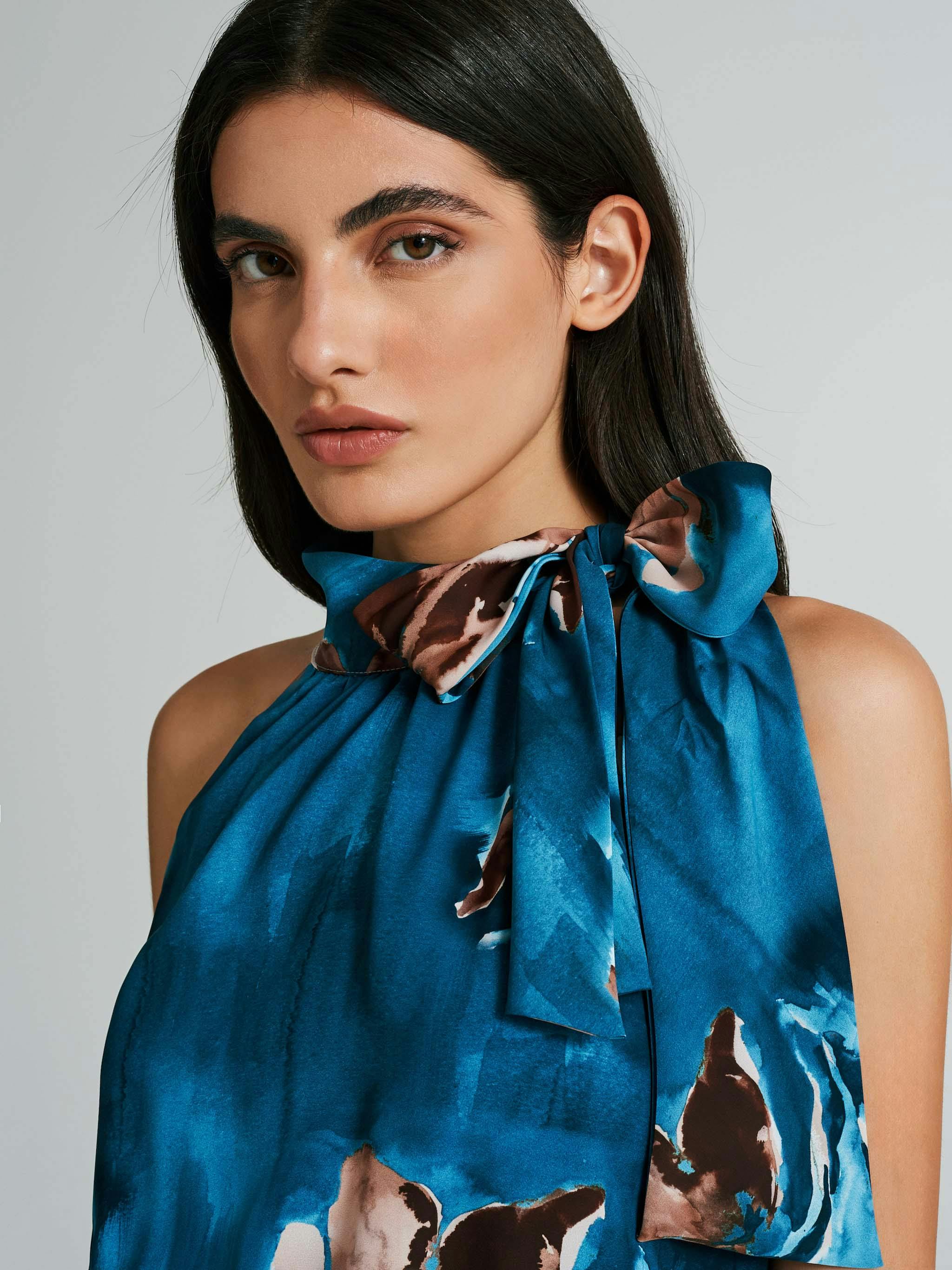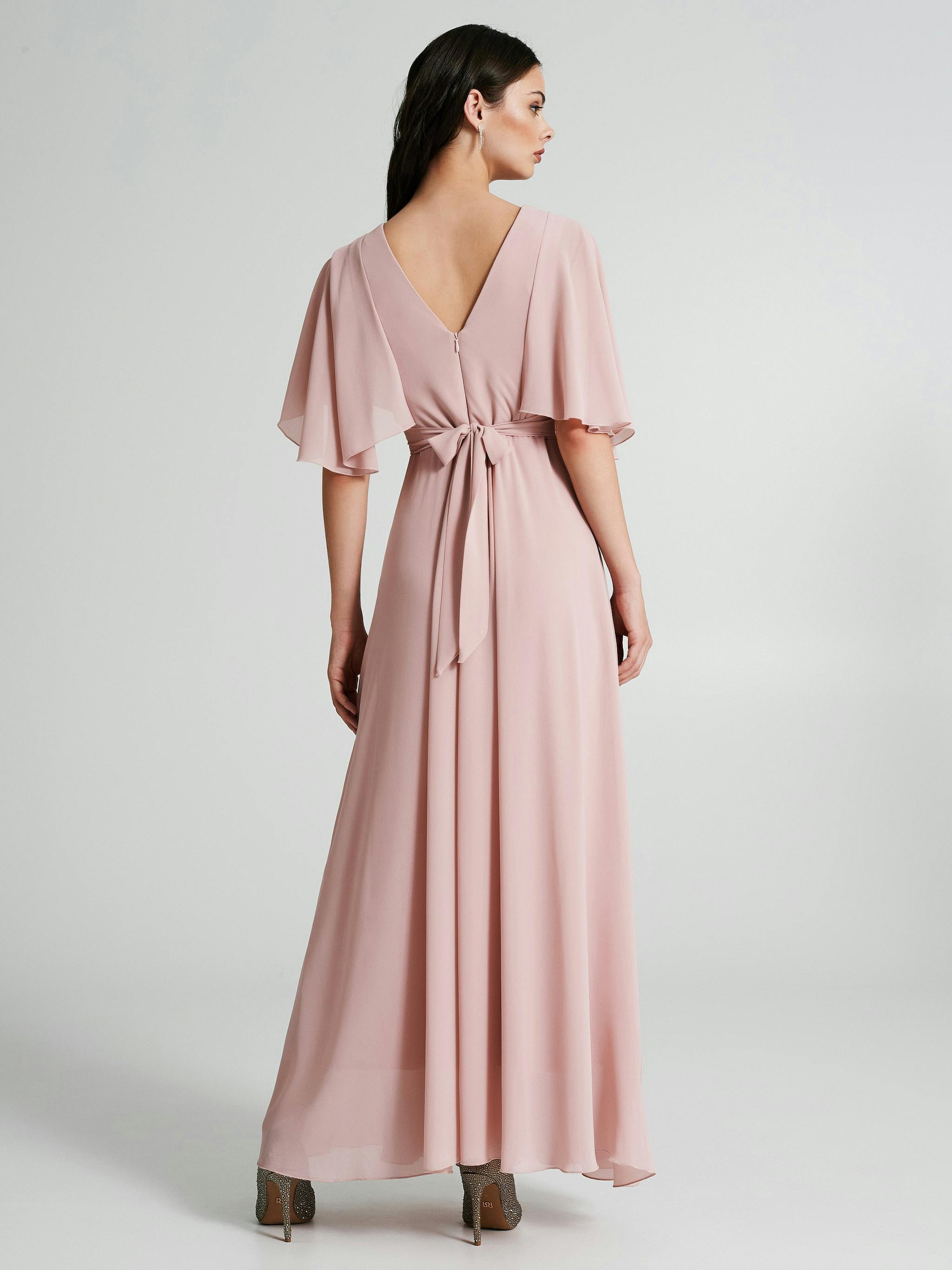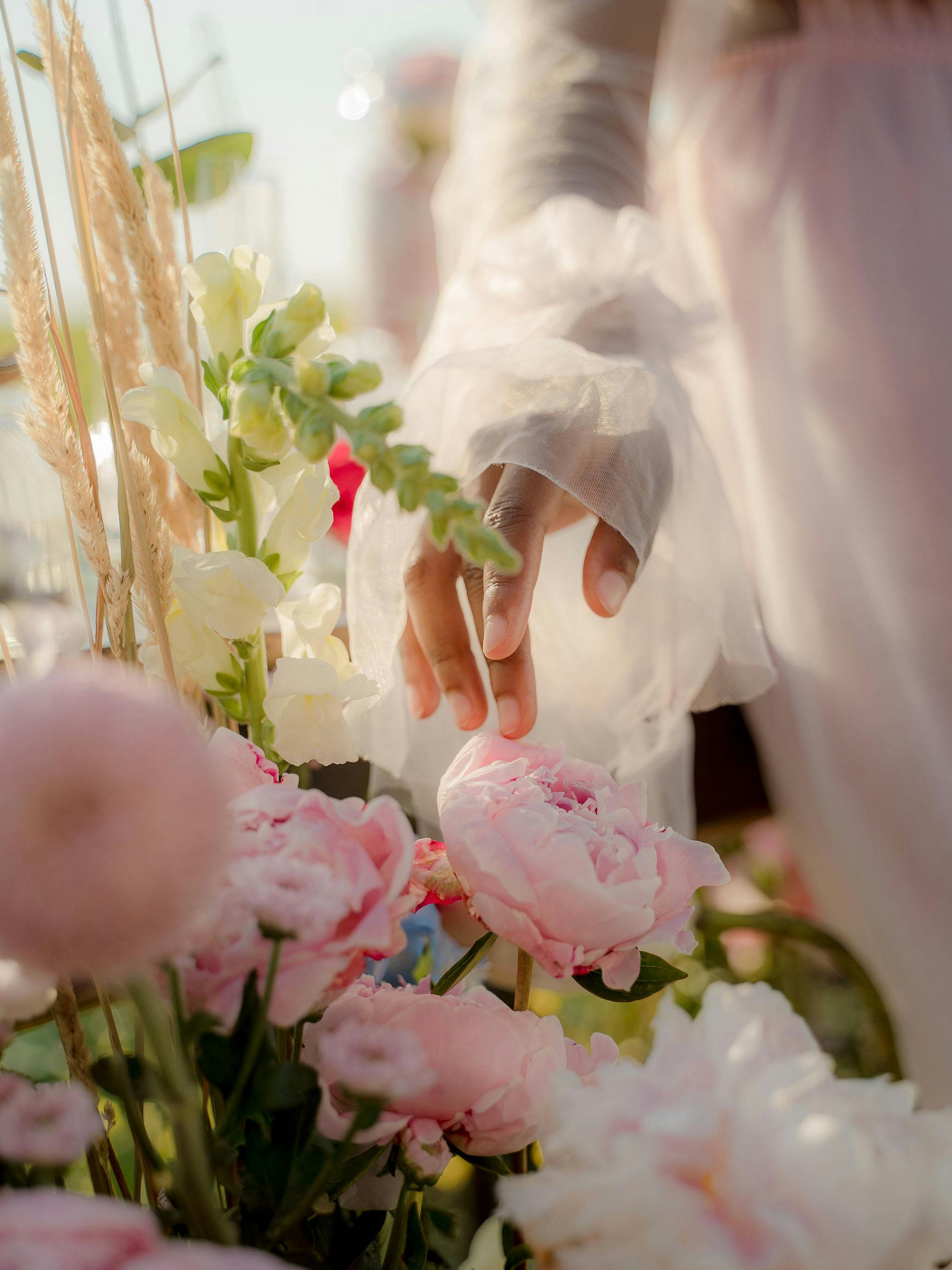Between fashion and art: Florence’s Renaissance
Travel with us and discover the iconic sites of the capital of the Renaissance, emblem of craftsmanship, refinement and elegance
Reading time min

It is the city that inspired our brand and brought Italian culture and style to the world.
Florence is emblematic of craftsmanship and tailoring.
It is the city of workshops where fabrics were worked to create the unique creations that have characterised Italian haute couture and that have become a symbol of beauty and innovation.
Florence: the city of art and the cradle of the Renaissance
It was Giorgio Vasari who defined Florence as the ‘cradle of the Renaissance’, that historical period of profound renewal and revolution in the world of architecture, sculpture and art. A child of European humanism, the Renaissance embodies innovation and a love of beauty, as witnessed by the works and stars of this period.


In Florence, the court promoted the value of art and craftsmen found fertile ground for experimenting and creating new forms and patterns that animated the walls of palaces and churches.
From tapestries to textiles, tailoring lived its moment of maximum splendour
Thus began a tradition that still today is the undisputed star of true Italian style.
Fashion in the times of Lorenzo the Magnificent
When we speak of Renaissance Florence, we cannot ignore the history of Lorenzo de’ Medici, who we all know as ‘The Magnificent’. A great patron and art lover, he was very attentive to the style of his court and created a true style manual of that period, from the choice of the colour purple as a symbol of royalty and power, to fabrics such as loom-worked silk, and details made of precious materials, stones and jewellery.


What does being a Renaissance woman mean?
Lucrezia Borgia, Caterina de’ Medici and Isabella of Aragon are just some of the names of the women who fully represented the culture of their time and are today icons of style but also, and above all, symbols of emancipation and freedom.
Renaissance women began on the path that allowed them to become protagonists in the political life of the country.
They are women of the nobility who fully participated in the political life of their court and governed the common people and their country.
Fabric patterns and models
We have mentioned how Florentine fashion, in its heyday, favoured fabrics and materials that were refined and handmade in the workshops of artisans. The invention of the jacquard loom, which today gives its name to that particular workmanship, made it possible to produce elegant clothes with colourful and elegant patterns, which today are the focus of contemporary fashion, and style and help women express their personalities.


From the Renaissance to modern day
The bodices that gave way to lighter and more comfortable models since the mid-20th century return today as an emblem of femininity.
The heavy fabrics typical of the medieval and Renaissance period are replaced today by tulle and satin to create elegant and precious dresses. The empire cuts typical of the period, on the other hand, have retained their characteristics to enhance the female body.


The only museum dedicated to fashion
Florence is home to the only museum dedicated to Italian fashion: the Museum of Costume and Fashion, boasting a collection of over 6,000 dresses and artefacts that have marked the history of fashion.
When visiting the museum, you can discover theatrical dresses, period accessories and some of the garments made by the most famous Italian designers in the world.
Garments and fabrics that enliven the fashion and design district, which is centred right in the regions of our peninsula.


